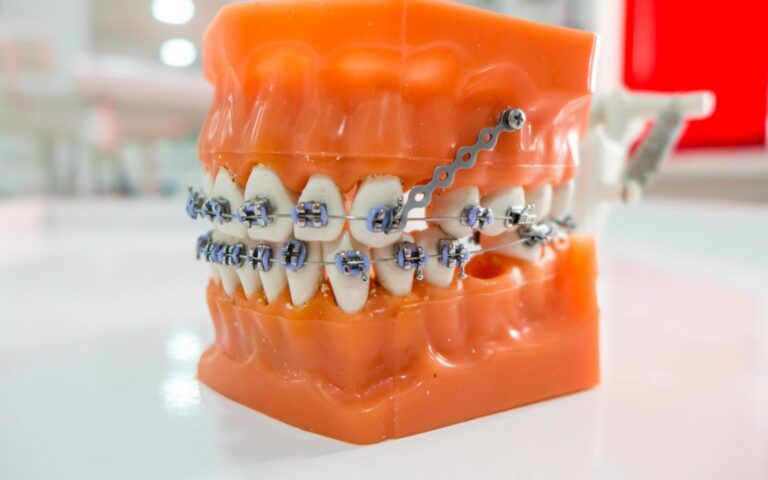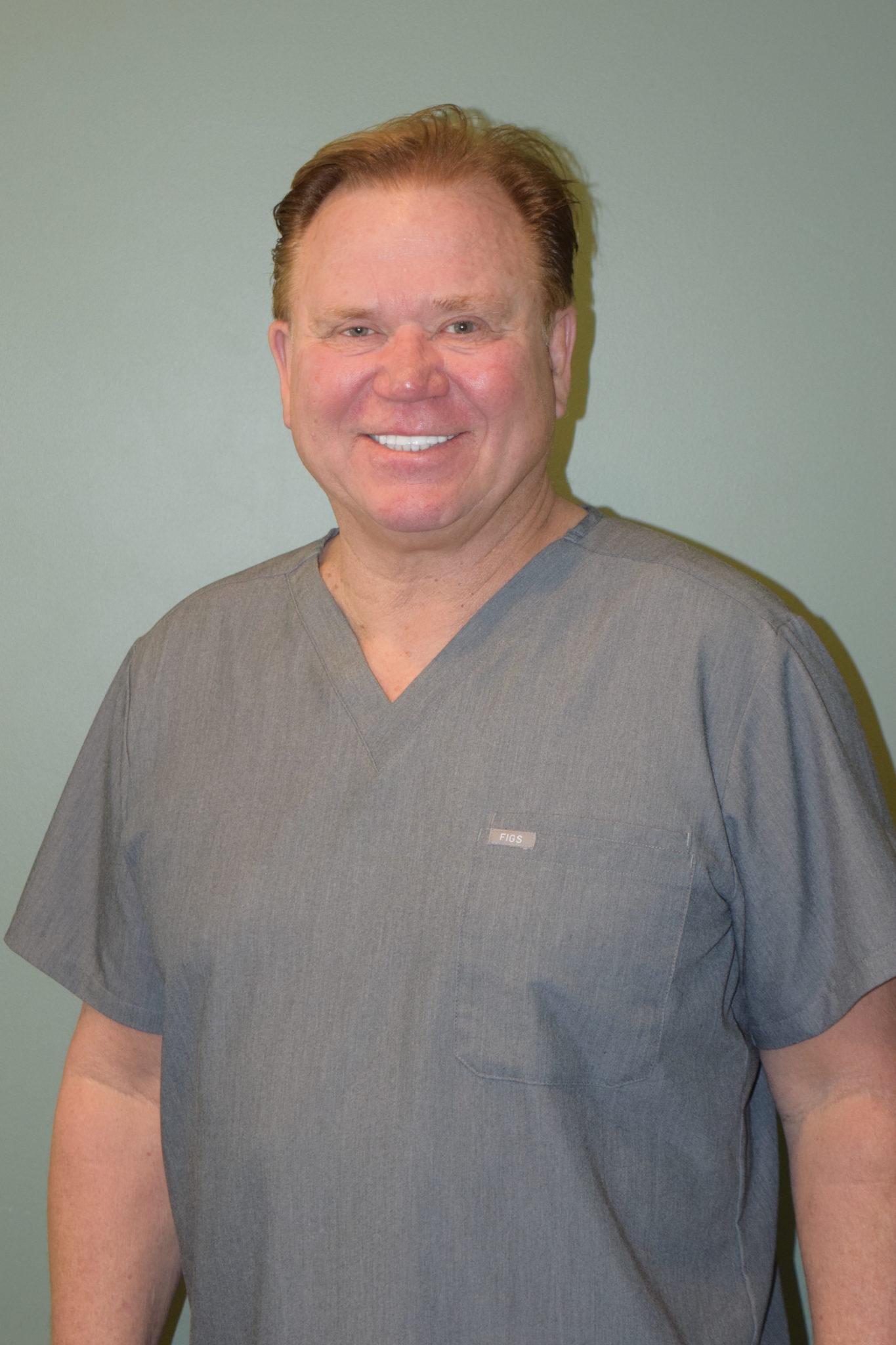What is The Orthodontic Anchorage Technique?

Dentists attempting to care for their patients tend to have many techniques. As one of the most magical things about dentistry, learning techniques on how to approach oral health is one of the key components of providing good oral care for everyone. One technique that’s commonly used in orthodontic clinics is the anchorage technique. Tooth adjustment can be particularly troublesome and challenging, especially when faced with complex tooth problems. However, tooth movement has become much easier with the anchorage control technique.
What is the Anchorage Technique?
The concept of anchorage in dentistry was around during the mid to late 20th century, as tooth extractions were starting to be replaced with elastics, wires, and brackets to move the teeth. When dentists use the anchorage technique, they use anchorage points to help sustain and maintain pressure along the areas that require movement. By using these points, the teeth can move safely and gradually over time, and since their discovery, it has been heavily improved upon and adjusted according to patient needs.
Tooth movement is a complex system, and depending on the method used by your dentist, tooth movement can last as little as a year or persist for as long as five years. Moving teeth is a gradual process because it involves moving bone, a permanent structure in our bodies that, when injured, can take years to heal. In these cases, Anchorage control can mitigate these risks and move teeth into the proper position.
How Is Tooth Movement Accomplished With Anchorage?
Anchorage techniques can vary according to how your dentists use them. Mild adjustments or even major ones can be made because these techniques all depend on your oral health to be accomplished. However, as a general rule, dentists work with two types of anchorage techniques, which include:
- Intraoral Methods: Intraoral methods, or internal methods, are more often used as a form of anchorage control by working with the internal structures within the mouth. By using the internal structures, it accommodates devices such as ligatures, fixed anchorage appliances, tooth springs, cortical bone anchorage, the palatal arch, and other areas. The teeth can be supported and moved gradually by using the mouth’s already existing areas.
- Extraoral Appliances: Extraoral methods are the opposite, often relying on structures outside of the mouth to form tooth movement. Although considered solid and reliable for reinforcing healthy tooth movement, they tend to lack aesthetic and comfort appeal for patients. Some examples of this type of method include cervical and high-pull headgear, which allows areas of the head to provide a gradual force for tooth movement.
Although both of these methods are considered reliable for tooth movement, your dentist will have techniques and methods that help patients with their misaligned teeth. In these cases, patients should contact their primary dentist or orthodontist for more information about how they intend to treat their teeth and keep their smile healthy for life.

Recent Comments